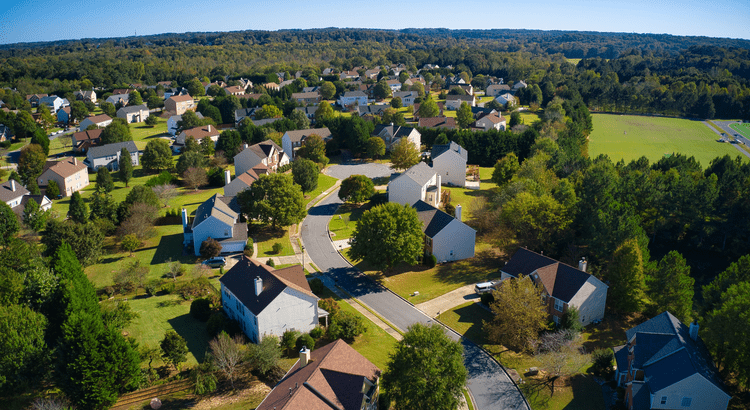What is the 33% Mortgage Rule?

Homebuyers in Arizona’s East Valley are learning about the 33% mortgage rule to navigate the region’s thriving real estate market. This guideline suggests that your total housing costs—mortgage principal, interest, taxes, and insurance (PITI)—should not exceed 33% of your gross monthly income. With median home prices around $450,000 statewide, this rule helps determine affordable homeownership throughout The East Valley. The 33% rule is a conservative benchmark, often part of the broader 28/36 rule used by lenders. For example, with a $70,000 annual salary, your gross monthly income is $5,833. Limiting housing costs to 33% allows up to $1,925 monthly. On a $350,000 home with a 6.5% 30-year fixed rate and 10% down ($35,000), principal and interest might total $1,800, with taxes and insurance adding $200-$300, fitting within this limit. This leaves room for other debts, aligning with the 36% total debt-to-income ratio. Unlike stricter lender guidelines (often 28%), the 33% rule offers flexibility, especially in high-cost areas of The East Valley, where rising prices challenge budgets. It accounts for Arizona’s property taxes (around 0.6% annually) and homeowners insurance (averaging $1,200 yearly). However, it assumes minimal debt and stable income, which may not suit everyone. Buyers with lower down payments might face private mortgage insurance (PMI), pushing costs closer to the limit. The rule’s simplicity aids planning, but real-world factors like interest rate hikes or unexpected repairs can strain finances. The Anderson Team with Real Broker assists East Valley buyers by analyzing income and expenses, connecting them with lenders to tailor mortgage plans. Whether throughout The East Valley, this approach ensures the 33% rule guides sustainable homeownership, balancing Arizona’s dynamic market with personal financial goals.
Categories
GET MORE INFORMATION







